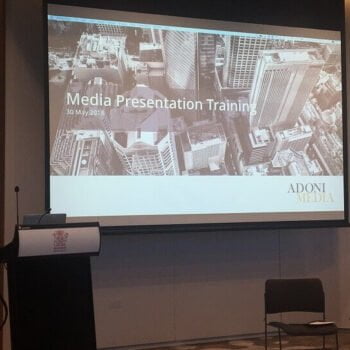
Why you need to consider event marketing
How do I go about marketing my event?
A key difference between a successful and unsuccessful event is the marketing. Event marketing needs to be planned and executed in a way that’s specifically tailored for your ideal attendees to encourage interest and engagement.
So, how do you start event marketing and how do you know who to target? Here’s everything you need to know.
Identify your target audience
Before planning your strategy for event marketing, the first step is to identify your target audience, retain attendees from previous events and look for new ones.
To create a better understanding of who to target for potential attendees, here are a few questions you should be answering:
- What is the average age of your attendees?
- Are you targeting a female or male audience? Or both?
- What is their income level? This can be determined based on your ticket price.
Once you have the demographic of your target audience, you can then disperse an engagement campaign to create activity.
Locate ideal attendees
Now that you’ve determined who your target audience is, the next step is to locate them.
If this isn’t your first event, an easy way to do this is to analyse attendee information from previous events. When attendees previously registered for events, the system you used would more than likely have stored basic information including location and contact details. Some platforms may even have information including where the attendee learned about your event – this can help determine the most effective promotion methods (for example, social media or mailing out letters).
If this is your first event, or you’re looking to attract new audiences, tools such as Facebook advertising can be helpful to accurately target these audiences.
Personalise everything
Whether it be your launch, message or experience, make sure to personalise what you are selling to your audience. Attendees are looking for personalised experiences and want to be a part of the action. Any event that makes them feel known, included and recognised will undeniably be more memorable than those leaving attendees feeling like any other crowd member. All decisions made regarding food, activities and even sponsorships should be made based on your ideal attendees.
At your event, use available marketing platforms such as live video streaming, Snapchat or Instagram stories to engage with audiences who aren’t physically there. It also creates a new dimension for those present.
Snapchat and Instagram stories allow attendees to ‘tag’ themselves at a location and upload their personal images or videos to the event story. They can then share photos on their own page and extend the audience reach of your event.
Utilise social media platforms
It’s undeniable that social media is a dominating platform in promotion and engagement. Platforms such as Facebook, Instagram and Snapchat allow users to engage with businesses easily and show friends which events they’re interested in.
Statistics show in Australia alone, Facebook has 15 million monthly active users, Instagram has 9 million active users and Snapchat has 4 million daily active users – demonstrating just how far reaching these platforms are.
Though these platforms are available and heavily used, many companies are not utilising the tools available to their advantage.
Profiles on social media are digital representations of your attendee’s identities, and it’s important to connect with them through campaigns to engage beyond an event sale.
Successful event marketing should allow you to build a connection with your target audience, ensure they have a great experience and look at boosting engagement and awareness.
What platform have you found most effective to market your event?


